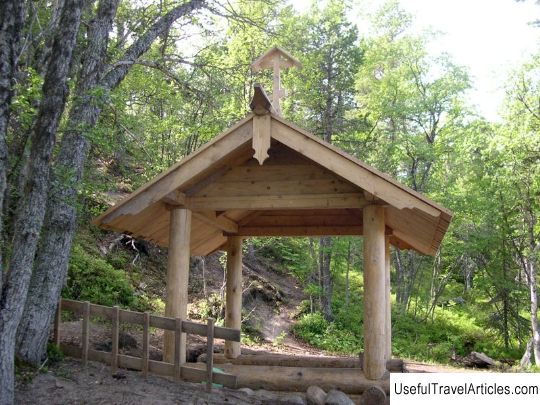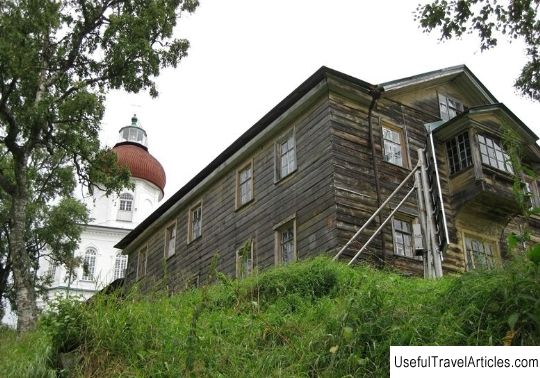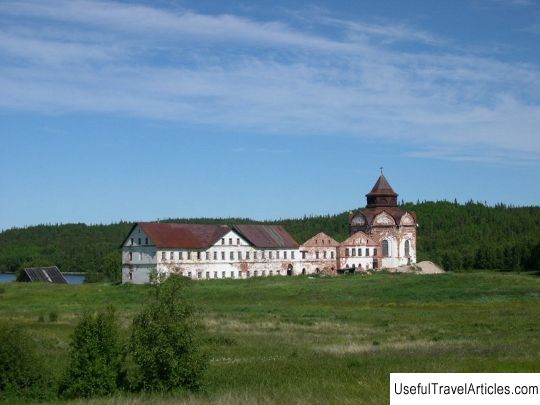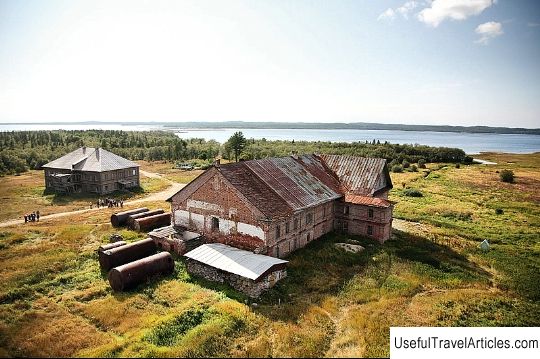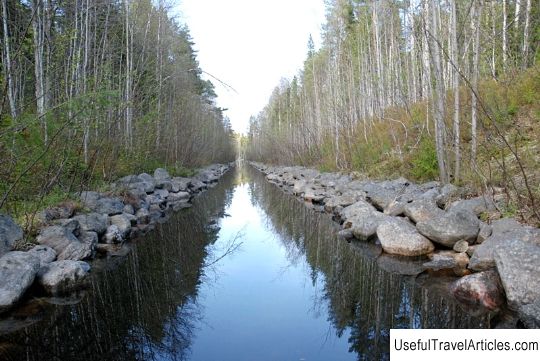Savvatievsky Skete description and photos - Russia - North-West: Solovetsky Islands
Rating: 8,0/10 (764 votes) 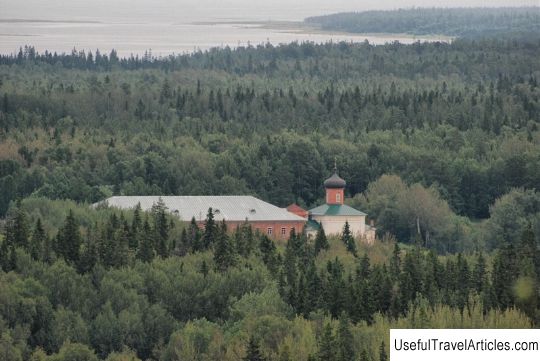
Savvatievsky Skete description and photos - Russia - North-West: Solovetsky Islands. Detailed information about the attraction. Description, photos and a map showing the nearest significant objects. Photo and descriptionThe Solovetsky Savvatyevsky skete was built on the place where the Monks Herman and Savvaty lived several years earlier. These two monks sailed to Bolshoi Solovetsky Island in 1429 and decided to settle near the so-called Pine Bay near a small lake, building a cell and erecting a cross. It was from this moment that the beginning of monastic life on the Solovetsky Islands was laid. It is known that monks lived in these places, who desperately sought desert dwelling. Most likely, in the 16th century, a small chapel was erected in the blessed memory of the stay of the Solovetsky original leaders in these places, which has not survived to our time. In the 50s of the 18th century, the chapel was radically rebuilt, and work was also carried out to build a stable, marinas and cells. The economic and economic component of the Savvatiyevsky skete quickly and actively developed ... Workers and monks worked in the hayfields, in the vegetable garden and drained the swamps. In the summer season in this area not only worked, but also lived hay-makers and fishermen. Over time, the territorial allotments of meadows increased more and more, and a drainage system was arranged in the zone of wetlands, and a greenhouse economy was actively flourishing. Roomy hotels were built to accommodate numerous pilgrims, and there were special residential buildings for the workers of the monastery brethren. In the place where the channel flows into the lake, a monumental boulder bath was built, and a stone stable was built a little further from the road. By the end of the 19th century, the improvement of the hermitage was completely completed. Not far from the temple, during the years 1886-1890, a spacious two-story building was built to accommodate fifteen brethren, numerous monastery pilgrims and workers. Divine services were held daily in the church. During the 20-30s of the 20th century in the village of Savvatievo there was a department of the Elephant, in which political prisoners were kept. During the Great Patriotic War, in the area where Savvatiev was located, there was a School of Jungs at the Navy. The two large buildings of this school were completely renovated, and they housed classrooms, premises for the teaching and command staff, and the headquarters. For the purpose of accommodating students, dugouts built by cabin boys were used. More than four thousand electricians, minders, radio operators, helmsmen and boatswains have graduated from the School of the South of the Solovetsky Islands in three years. It should be noted that the natural landscape is especially attractive in the village of Savvatievo. As soon as the dead forest road ends, a wide landscape appears before your eyes, covering meadows, architectural monuments and smooth water areas. After the Solovetsky Monastery was revived again, in the Savvatievsky Skete, the garden economy was fully established and worked out. The temple was somewhat decapitated, and the building adjoining the building of the temple needed a complete restoration. In honor of the blessed memory of the stay of the Monks Herman and Savvaty in these places, the Bow Cross was erected. In the summer of July 28, a holiday is celebrated in honor of the Savvatievsky Skete, as well as the Smolensk Icon of the Mother of God - Hodegetria.      We also recommend reading Amsterdam Museum description and photos - Netherlands: Amsterdam Topic: Savvatievsky Skete description and photos - Russia - North-West: Solovetsky Islands. |
